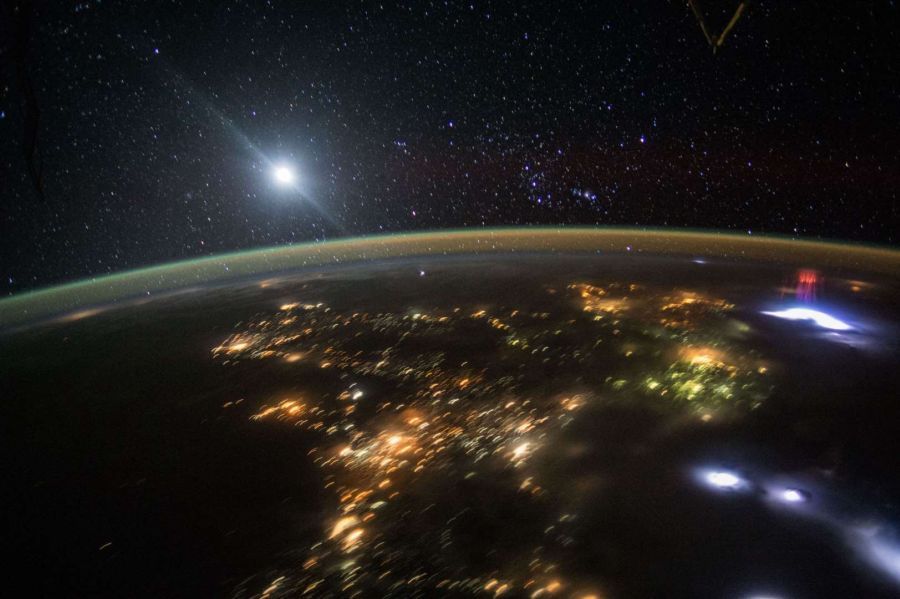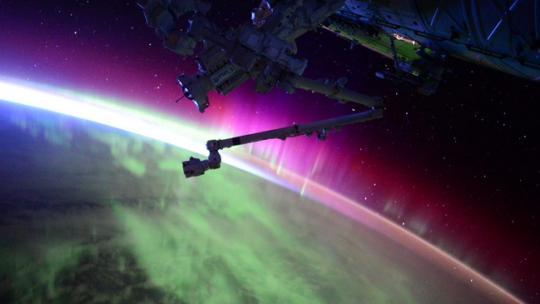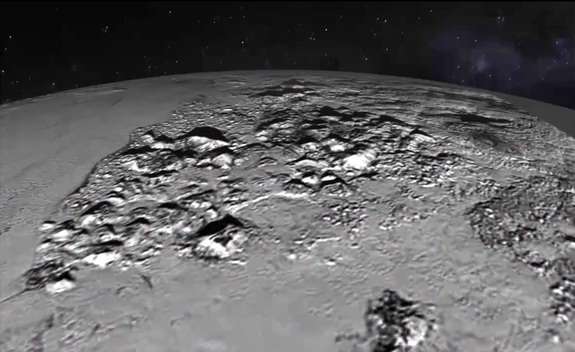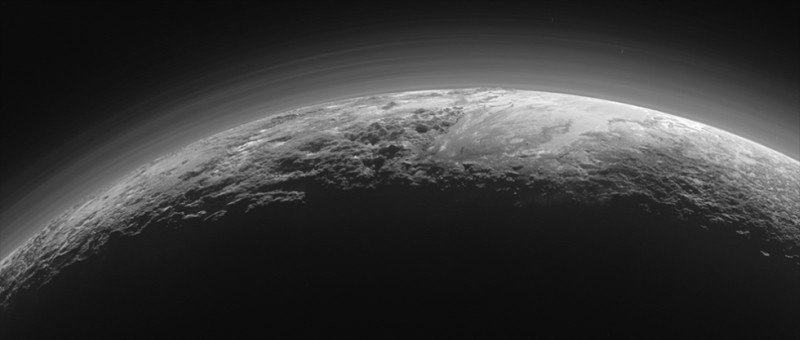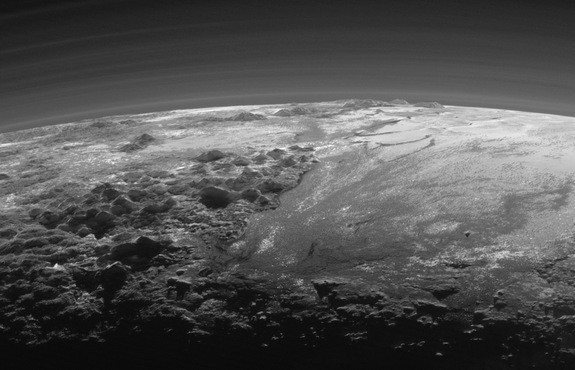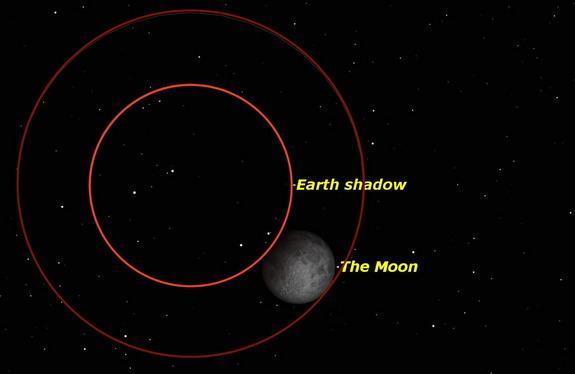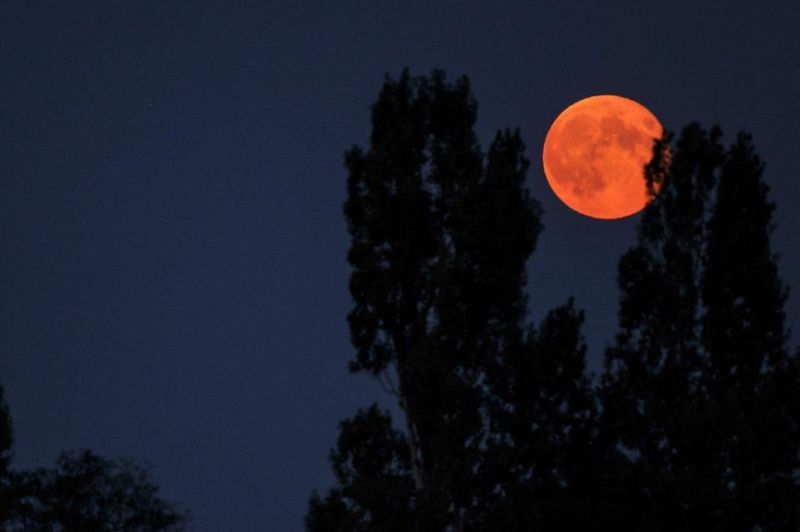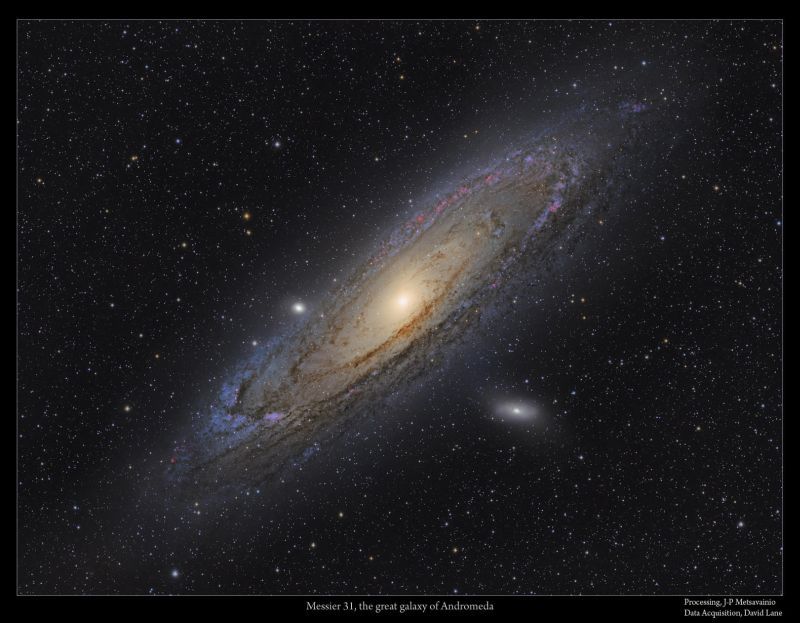By Elizabeth Howell
August 5, 2015

An icy moon of Saturn has mysterious red arcs of material crisscrossing its surface — and no one
knows exactly how they got there.
The Cassini spacecraft caught these graffitilike features on camera as it imaged the northern side
of the Tethys, which is one of Saturn's larger moons.
While the arcs faintly show up in 2004 pictures, the latest images, from April, are the first to really
show their colors by incorporating the right viewing conditions and wavelengths invisible to the human
eye. This is partly because Saturn and its moons' northern hemispheres are currently in summer,
providing better illumination of this region.
Read more:





